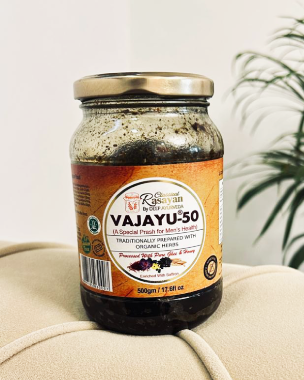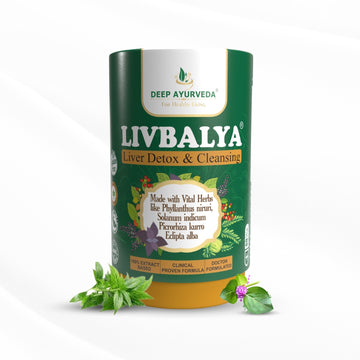A2 Gir Cow Ghee- 450 ml
A2 Gir Cow Ghee- 450 ml
Deep Ayurveda a2 Desi Gir Cow Ghee is 100% pure and traditionally prepared from the milk of indigenous Gir cows using the Bilona method. Rich in essential nutrients, omega fatty acids, and antioxidants, this A2 ghee supports digestion, boosts immunity, enhances brain function, and promotes overall well-being. Its rich aroma, smooth texture, and high nutritional value make it an ideal choice for a healthy lifestyle.
Available in stock
Couldn't load pickup availability
Don’t miss out! Special discount on prepaid orders with free shipping on orders of ₹999 and above.
Key Benefits
Key Benefits
Key Ingredients
Key Ingredients
How To Use
How To Use

Deep Ayurveda’s product range is based on traditional ayurvedic principles, including herbal remedies and lifestyle advice
Deep Ayurveda’s product range is based on traditional ayurvedic principles, including herbal remedies and lifestyle advice. Deep Ayurveda also offers consultations with experienced ayurvedic practitioners and online courses to help customers learn more about ayurvedic principles and treatments.

Shipping & Return
Shipping Policy:
All Confirmed Orders will be shipped to the “Delivery Address” given at the time of placing an order and will be processed within 24 Hours of receipt of the order and it will be delivered with in 5 to 7 days for Indian customer and 7 to 10 days for international customer.
Cancelation, Return and Refund Policy:
At Deep Ayurveda, we want to make ordering online as easy and stress-free as possible. If you’re not satisfied with our products, simply return the unused/unopened bottles within 30 days of invoicing under our return and refund policy, and we will happily refund the cost of your purchase. The original shipping charge is not refundable.












































